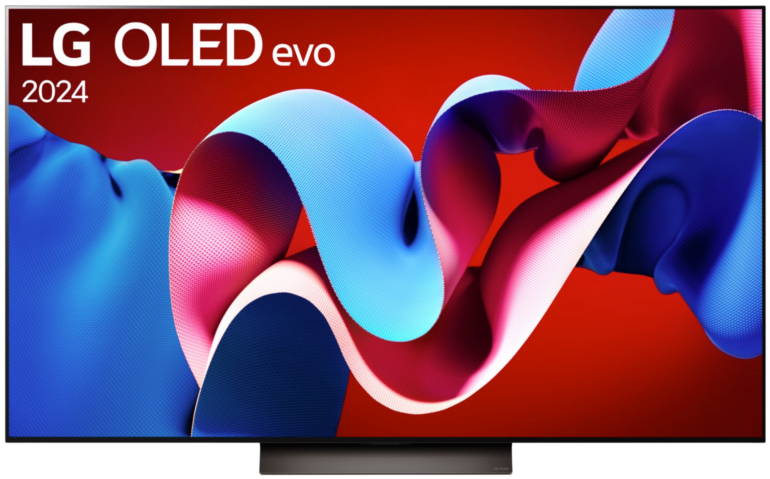Tone Mapping
The term tone mapping refers to the optimization of the dynamic range, in other words, the adjustment of the darkest and brightest areas of a picture. The more precisely this function works, the more accurately a scene can be transferred from a high to a reduced dynamic range.
Tone mapping as an important parameter
The method is used especially for High Dynamic Range content and is essential to reproduce the brightest and darkest areas of a content correct and appealing. The more precisely the feature works, the more accurate a scene can be transferred from a high to a limited dynamic range.
However, if proper tone mapping is missing, the image can appear washed out, unnatural, overexposed or underexposed. Details are lost, affecting the overall quality and thus leading to a poor result.
TV manufacturers such as Panasonic and Sony are known for their high-quality tone mapping implementation and have their own algorithms that can vary in performance and quality. A good calculation method depends on factors such as the TV model, the screen technology and, of course, the individual preferences of the viewer.
| Advantages | Disadvantages |
|---|---|
| Improved representation of colours and brightness values | Inconsistent quality depending on manufacturer and TV model |
| Maintaining image detail in light and dark areas | Quality fluctuations possible for content that requires a different method |
| Adjusting the dynamic range to the capabilities of the display | Loss of detail or distortion with aggressive tone mapping |
- Audio
- Codecs
- Companies
- Features
- Ports
- Technical Terms
- Connectivity
- Misc
- Smart-Features
- Video
- Image Errors
- Image Formats
- Image Function
- Ports
- Technical Terms
- 4K
- 4K@120 Hertz
- Aspect ratio
- Backlight
- Banding
- Bit
- Black level
- Brightness
- Calibration
- Candela
- Color resolution
- Color space
- Color space coverage
- Color temperature
- Color volume
- Contrast
- Curved
- Filmmaker
- Flat
- Full HD
- Gamma
- Gamut
- HD Ready
- Home theater
- Image format
- Image synchronization
- Input Lag
- ISF
- Luminance
- Motion Handling
- Native resolution
- Netflix Calibrated
- Pixel
- Pixel density
- QFT
- QHD
- Raytracing
- Rec.2020
- Refresh rate
- Resolution
- Response Time
- Smart-TV
- UHD
- UHD-2
- VR
- White balance
- WQHD
- TV Tech

